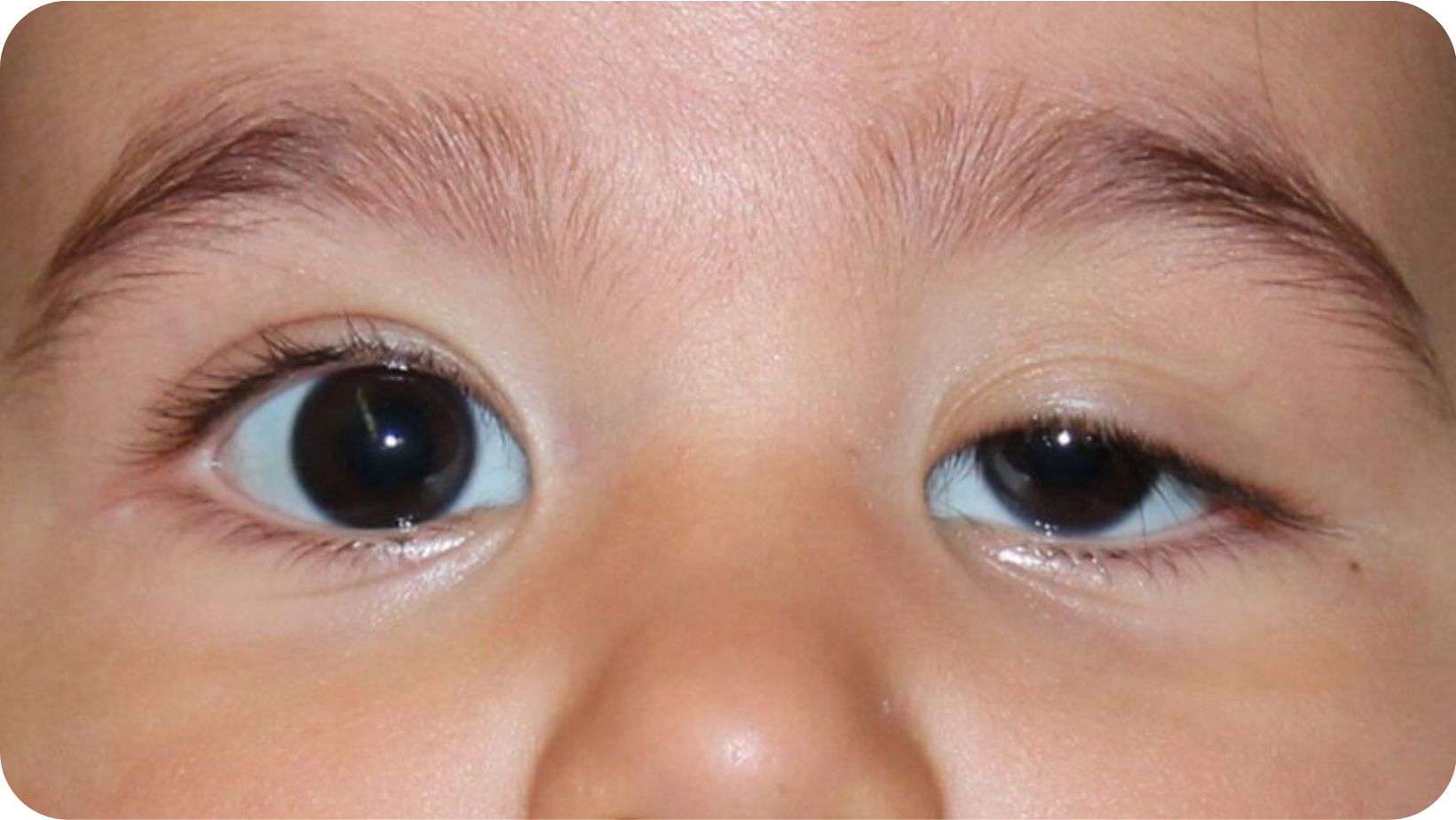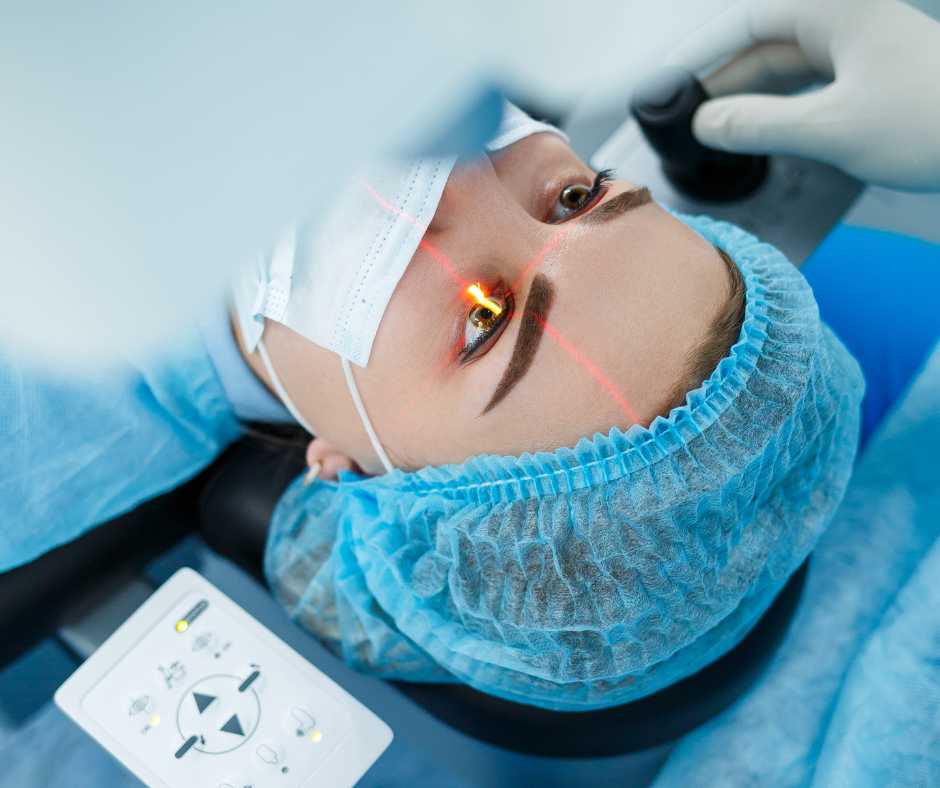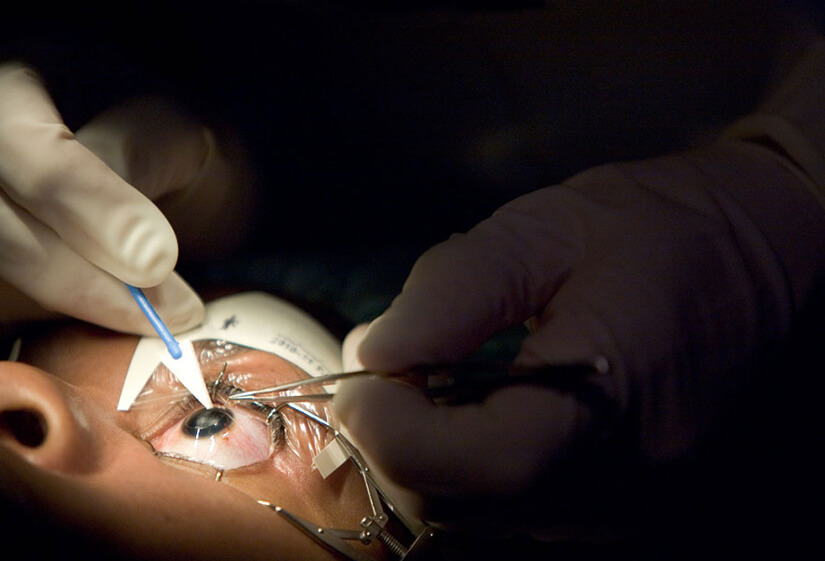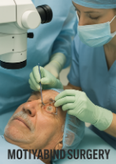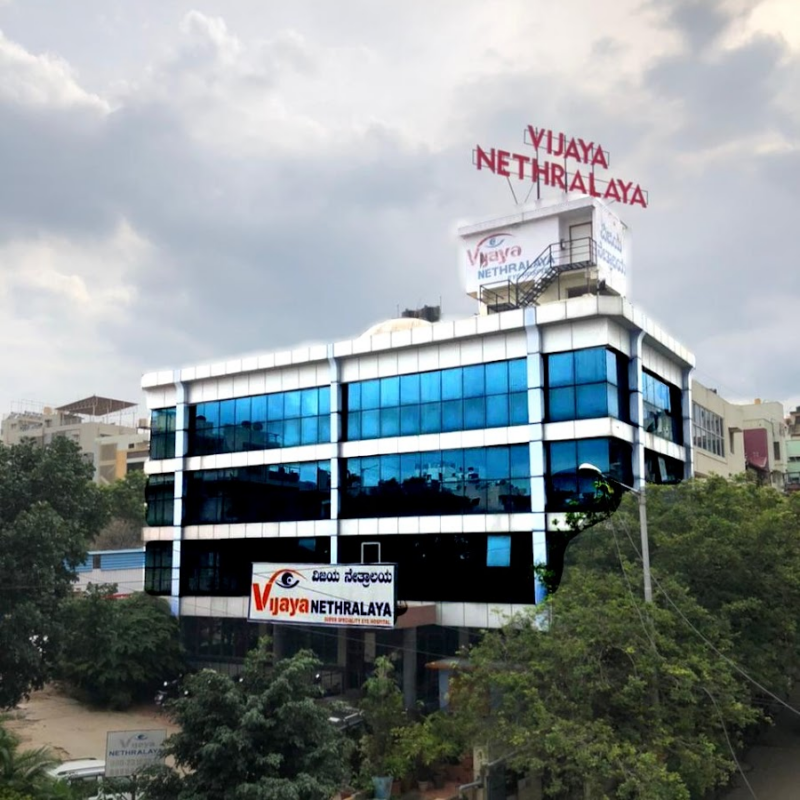Some general tips on how to find a ptosis surgeon search ptosis surgery near me.
- Ask for recommendations from your primary care physician or optometrist. They may know of a reputable ptosis surgeon in your area.
- Check with your health insurance provider to see if they have a list of covered ptosis surgeons in your area.
- Search online for “ptosis surgeon near me” or “ptosis surgery near me.” This should bring up a list of local surgeons and clinics that offer ptosis surgery.
- Read reviews and check the credentials of the surgeon or clinic before scheduling a consultation.
- Once you have found a few potential options, schedule a consultation to discuss your options and determine the best course of action for your individual needs.
what is ptosis correction search ptosis surgery near me
Ptosis correction is a type of surgical procedure that aims to correct drooping of the upper eyelid. Ptosis, also known as blepharoptosis, occurs when the muscles responsible for lifting the eyelid become weak or stretched, resulting in a droopy appearance.
Ptosis correction surgery involves tightening the levator muscle or reattaching it to the eyelid to improve eyelid positioning and raise the upper eyelid to its proper position. Doctors usually perform the procedure under local anesthesia, and patients can often go home the same day. Recovery time varies depending on the extent of the surgery but typically takes a few weeks.
Ptosis correction surgery can improve the appearance of the eyelids and improve visual function in cases where the drooping is severe enough to obstruct vision. The success of the procedure depends on the severity of the ptosis and the individual’s response to the surgery. It is important to discuss the risks, benefits, and expected outcomes of the procedure with a qualified ophthalmologist or oculoplastic surgeon before deciding to undergo ptosis correction surgery.
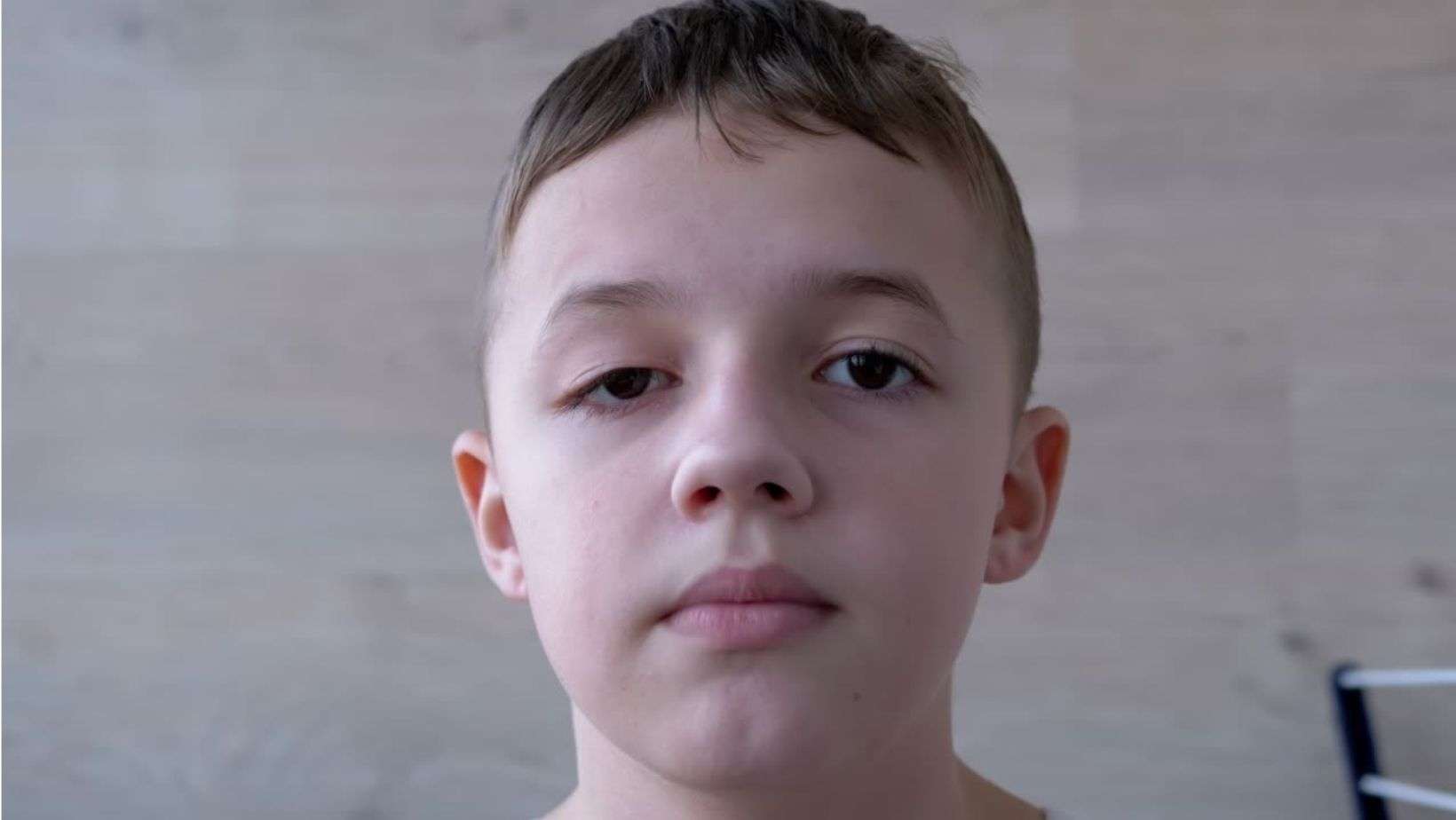
How ptosis occurs?
Ptosis is a medical term used to describe the drooping of one or both eyelids. It can occur for a variety of reasons, including:
- Age-related weakening of the levator muscle: The levator muscle is responsible for lifting the eyelid. As we age, this muscle can weaken, leading to ptosis.
- Congenital ptosis: Some people are born with ptosis because the levator muscle did not develop properly in the womb.
- Neurological disorders: Neurological conditions such as myasthenia gravis, Parkinson’s disease, and Horner’s syndrome can cause ptosis.
- Injury: Trauma to the eye or eyelid can damage the muscles or nerves responsible for lifting the eyelid, leading to ptosis.
- Eye surgery: In some cases, eye surgery can cause ptosis as a side effect.
- Medical treatments: Certain medications or radiation therapy for cancer treatment can cause ptosis.
The severity of ptosis can vary from a mild droop to a complete closure of the eye. Treatment options depend on the underlying cause and the severity of the ptosis and may include surgery, glasses, or medication.
Looking for a Natural, affordable, and safe approach for congenital ptosis correction then search ptosis surgery near me
There are three main ways to surgically correct congenital steps:
-Levator resection by the skin approach
-Levator resection by the conjunctival approach (which includes removal of Mueller’s muscle and the Fasanella-Servat procedure)
-Eyebrow suspension (frontalis sling)
Is ptosis correction permanent?
Ptosis correction designed to be a permanent solution for drooping eyelids. However, the muscles in the eyelid are delicate, so it is easy for surgeons to correct the drooping too much or too little.
Types:
External Approach
Internal Approach
Frontalis Sling Fixation
What to Expect After Surgery
Can ptosis correction be reversed?
Surgeons can reverse ptosis correction in some cases, depending on the specific situation and the type of ptosis surgery performed.
If the ptosis surgery involved removing excess tissue or tightening the muscles that lift the eyelids, then it may be difficult or impossible to reverse the procedure. However, if the surgery involved the placement of a small suture or sling to support the eyelid, it may be possible to remove or adjust the suture to reverse the procedure.
Surgeons typically perform ptosis surgery to improve eyelid function, such as enhancing vision or reducing eye strain, rather than for cosmetic reasons. As such, reversing the procedure may not be desirable or necessary in most cases.
If you have had ptosis surgery and are experiencing complications or are unhappy with the results, it’s important to speak with your surgeon to determine what options are available to address your concerns.
Ptosis can be cured
Ptosis is a medical condition where the upper eyelid droops over the eye. The severity of ptosis can range from mild, where it is barely noticeable, to severe, where it can obstruct vision.
The treatment of ptosis depends on the underlying cause and the severity of the condition. In some cases, ptosis can be cured or significantly improved with the following treatments:
- Surgery: Surgery is often the most effective treatment for ptosis, particularly if it is severe or affecting vision. The goal of surgery is to lift the eyelid into a more normal position, and there are several surgical techniques available depending on the cause of the ptosis.
- Eyelid crutches: In some cases, doctors use a small, lightweight device called an eyelid crutch to prop up the eyelid and improve vision.
- Medications: Doctors may also use medications, such as eye drops or ointments, to improve muscle function and reduce drooping.
- Treatment of underlying conditions: If ptosis results from an underlying medical condition, such as a neurological disorder, treating that condition may help improve the ptosis.
While treatment can often improve or cure ptosis, the success depends on the underlying cause and the severity of the condition. It is important to consult with a qualified medical professional to determine the most appropriate course of treatment for your specific case of ptosis.
Can ptosis be corrected in children?
Yes, ptosis, which refers to drooping of the upper eyelid, can be corrected in children. In fact, it is important to correct ptosis in children because it can interfere with normal visual development and cause amblyopia (lazy eye) if left untreated.
The treatment for ptosis in children depends on the underlying cause and severity of the condition. In some cases, observation may be recommended if the ptosis is mild and not affecting the child’s vision. However, if the ptosis is severe or causing vision problems, surgical correction may be necessary.
The surgical correction of ptosis in children involves tightening the levator muscle, which is responsible for lifting the eyelid. The surgery is usually done under general anesthesia and involves making an incision in the eyelid to access the levator muscle. The surgeon will then shorten and reattach the muscle to lift the eyelid to the appropriate height.
It is important to note that the success of ptosis surgery in children depends on many factors, including the severity of the ptosis, the child’s age, and any underlying medical conditions. It is important to consult with an experienced pediatric ophthalmologist to determine the best course of treatment for your child.
Ptosis correction without surgery
Some prescription eye drops can help to temporarily improve the condition. This solution lasts for around eight hours and can be repeated as needed to maintain the desired look. In some cases, doctors may use Botox to treat the muscle causing the eyelids to close.

ptosis correction with frontalis sling
Ptosis is a condition where the upper eyelid droops down, partially or completely covering the eye. This can occur due to a variety of reasons, such as age-related muscle weakness, nerve damage, or congenital defects.
Surgeons correct ptosis through a procedure called frontalis sling surgery. They use a small piece of silicone or another material to create a sling that attaches to the eyelid and connects to the frontalis muscle in the forehead.
The frontalis muscle is responsible for raising the eyebrows, and by attaching the sling to this muscle, it is able to lift the eyelid as well. This creates a more symmetrical appearance to the eyes and improves vision by allowing the eyelid to clear the field of vision.
It is important to discuss the potential risks and benefits of frontalis sling surgery with a qualified ophthalmologist or plastic surgeon to determine if it is the right treatment option for you.
Ptosis correction surgery cost
In Bangalore, the average cost for a product is Rs. 28,370, with the minimum cost starting at Rs. 23,410.
Is Ptosis correction Covered by Insurance?
In general, insurance companies will not cover ptosis surgery; however, it might be covered if it is severe enough to where your eyelids are significantly drooping.
Is ptosis correction surgery risky?
As with any surgical procedure, ptosis surgery comes with some risks. The risks of ptosis surgery are low, and the procedure is safe and effective when performed by an experienced surgeon.
Some of the potential risks of ptosis surgery include:
- Infection: Like any surgery, there is a risk of infection at the surgical site.
- Bleeding: Some bleeding is common after surgery, but excessive bleeding can be a complication.
- Vision problems: In rare cases, ptosis surgery can lead to temporary or permanent changes in vision.
- Asymmetry: There is a risk that the results of the surgery will be asymmetrical, with one eyelid appearing different from the other.
- Eyelid drooping: In some cases, ptosis surgery can cause the eyelid to droop even further.
It’s important to discuss the risks and benefits of ptosis surgery with your surgeon before making a decision. Your surgeon will be able to give you a better idea of the specific risks associated with your case and can help you determine whether the benefits of the surgery outweigh the risks.
ptosis correction surgery procedure
The surgeon makes an opening in the upper eyelid skin to access the small muscle that raises the eyelid. The surgeon places stitches to tighten the muscle and raise the eyelid. The incision in the eyelid skin is then closed with more stitches.
ptosis correction Surgery Recovery Timeline?
Patients who undergo this surgery can expect a recovery time of up to three months. During this time, it is important to follow your doctor’s orders and take care of yourself so that you can heal properly. Every patient’s healing timeline is unique, but most will need at least a few weeks before they start feeling better. During this time, it is important to follow your doctor’s instructions and get plenty of rest.
Is the surgery for ptosis painful?
For the first few days after your surgery, it is normal to feel some pain and discomfort. Taking over-the-counter paracetamol should help ease the pain. If you experience any severe problems, such as very sharp pain, poor vision, or excessive bleeding, you should seek emergency medical help immediately.
treatment
Surgery can be an effective way to treat ptosis in certain cases. The goal of this type of surgery is usually to tighten the levator muscle or repair the levator aponeurosis, which can help raise the eyelid. The procedure is generally safe, but there are potential complications that can occur. In some instances, the surgery might not correct the issue entirely.

